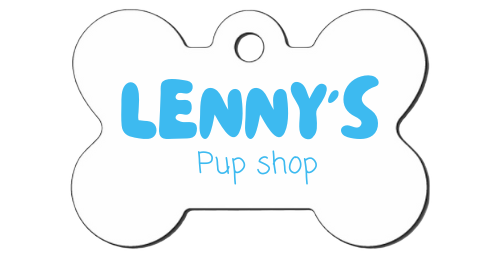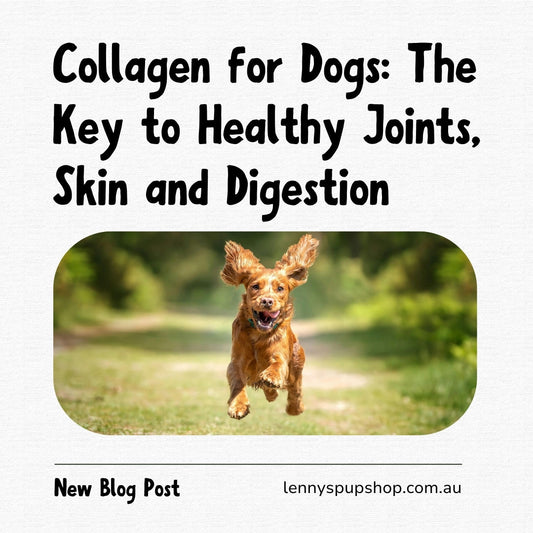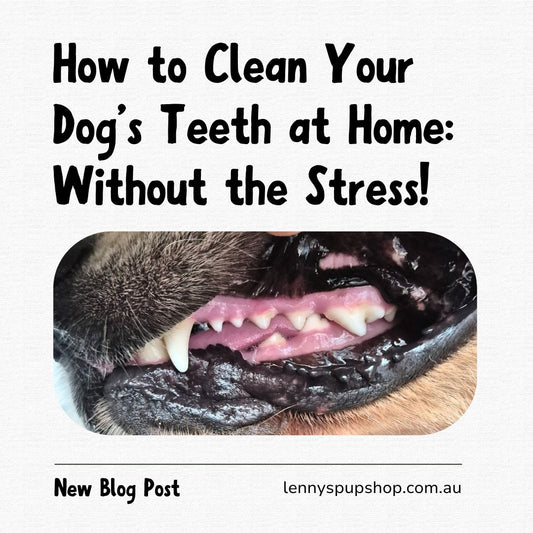The Truth About Raw Dog Food: Is It Safe?
Share
Raw feeding is a hot topic in the dog world—some owners swear by it, while others worry about the risks. But what does the science say?
Is a raw diet truly healthier, or does it come with hidden dangers? Let’s dive into the pros and cons of raw dog food so you can make the best decision for your pup!
The Benefits of Raw Dog Food
Many dog owners choose raw diets because they mimic what dogs would eat in the wild. Here’s why raw feeding can be beneficial:
High Nutritional Value
Raw food retains more natural nutrients than heavily processed kibble, which often loses essential vitamins and minerals due to high-heat cooking.
Improved Digestibility
Many dogs on raw diets experience less bloating, fewer digestive issues, and firmer stools because raw food lacks fillers and artificial additives.
Healthier Skin & Shinier Coat
Raw diets—especially those rich in Omega-3 fatty acids from fish or grass-fed meats—help promote a soft, shiny coat and healthier skin.
Chewing on raw bones and meat can help naturally remove plaque and tartar buildup, reducing the risk of gum disease.
Increased Energy & Lean Muscle
Since raw food is high in protein and lower in carbohydrates, many owners report increased energy levels and improved muscle tone in their dogs.
The Risks of Raw Dog Food
While raw diets have benefits, they also come with potential health risks that every owner should consider.
Bacterial Contamination
Raw meat can contain harmful bacteria like Salmonella and E. coli, which can make both dogs and human’s sick. A 2021 study found that raw-fed dogs shed more antibiotic-resistant bacteria, which could pose a health risk to their owners.
Nutritional Imbalance ️
A poorly formulated raw diet may lack essential vitamins and minerals, leading to calcium deficiencies, bone fractures, or other health problems. Dogs require a carefully balanced diet with the right ratio of protein, fat, vitamins, and minerals.
Choking & Blockage Risks from Bones
Raw bones can crack teeth, cause choking, or lead to intestinal blockages if not fed properly. It’s important to monitor your dog and ensure they are chewing safely.
Not Suitable for All Dogs
Some dogs simply don’t tolerate raw food well or may not enjoy the taste and texture. Additionally, some dogs prefer cooked food and forcing a raw diet on them may lead to refusal to eat or digestive issues. It's important to observe your dog's individual preferences and health needs before committing to a raw diet. Dogs with weakened immune systems, pancreatitis, or kidney disease may struggle to process raw food and could be at greater risk of illness.
How to Safely Feed a Raw Diet
If you’re considering raw feeding, follow these expert tips to minimize risks:
✅ Choose high-quality, human-grade meat – Avoid cheap meats with preservatives.
✅ Balance the diet properly – Work with a vet or canine nutritionist to ensure your dog gets the right nutrients.
✅ Freeze raw food before serving – This can help kill harmful bacteria.
✅ Practice safe food handling – Wash hands and sanitize surfaces to avoid contamination.
✅ Supervise bone consumption – Ensure bones are appropriately sized and safe to chew.
Final Woof: Should You Feed Your Dog Raw Food?
Raw feeding has its pros and cons, and what works for one dog may not work for another. If you choose raw, do your research, consult with your vet, and prioritize food safety. Alternatively, high-quality cooked or dehydrated diets can offer similar benefits without the risks associated with raw feeding.
If you're looking for a safe and nutrient-rich alternative, consider natural dehydrated treats that retain essential nutrients without the risks of raw food. Check out our range of treats and chews Here!!!



